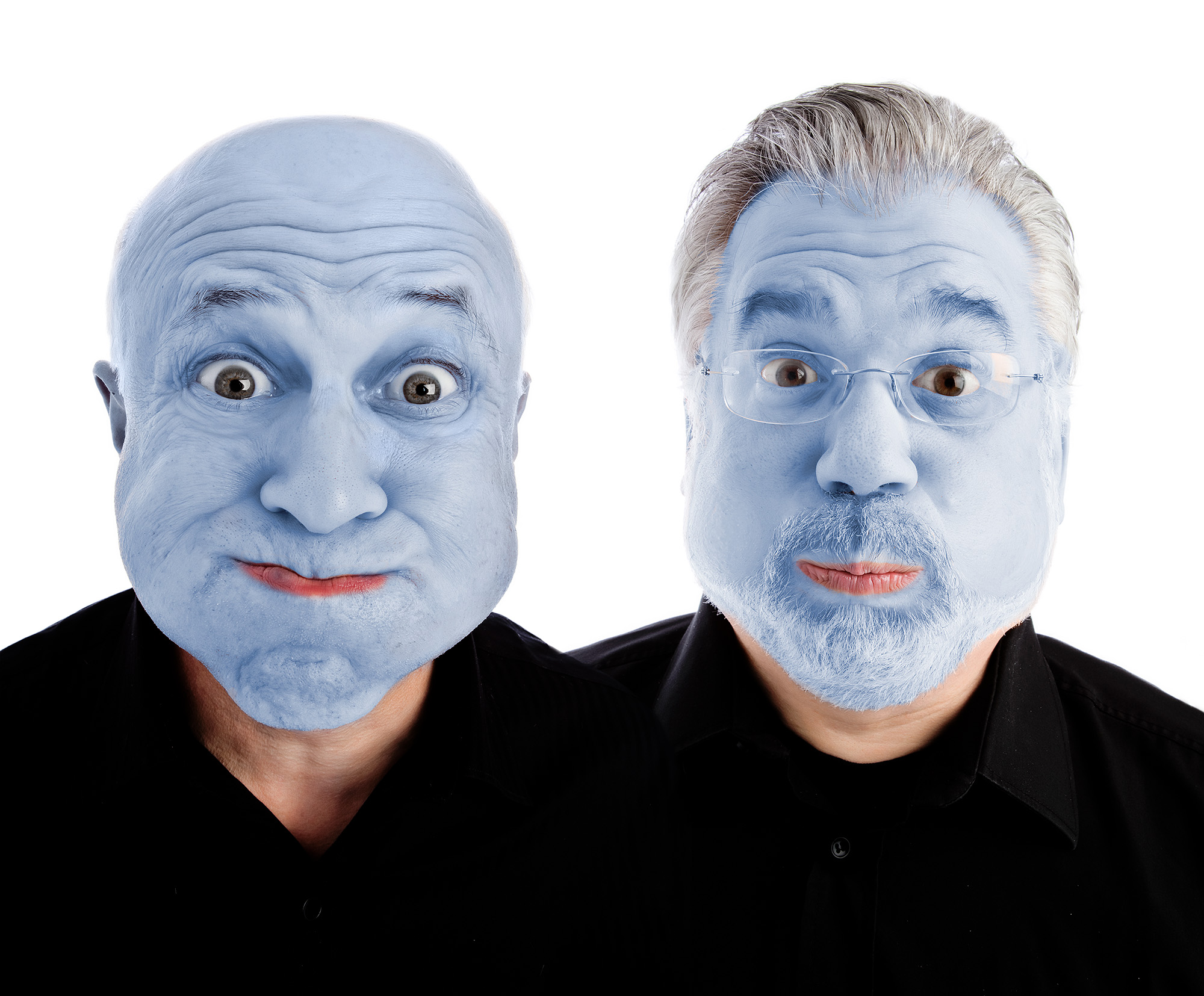
We’re Still Blue in the Face Over Stuff
The two of us want to thank Scott for the opportunity to spread the word about some new and mostly terrible changes in copyright registration rules. As soon as we called Scott he immediately saw the need to get the news out. Ed and I as usual talk until we’re “blue in the face” about copyright issues, and these changes are making us “bluer than blue.” These new copyright registration changes will have a huge impact on photographers registering their copyrights. Understand that these are not changes in the copyright law itself but rather to the procedures you must use to register your works.
These changes have been instituted by the US Copyright Office (USCO), which is the only place you can register your images in the United States. Those who follow us know registration is critical in protecting your copyright rights. With very rare exceptions, without a registration you cannot bring an action in court to prosecute a case for copyright infringement. The registration received from USCO is the “key to the courthouse’ you need it to pursue your case. Photographers that have deep pockets loaded with Benjamins will cope with the new rules easier than the vast majority of creatives who are not flush with cash. Let us explain, in plain English.
The three words we dread to see on our favorite products when we hike to the grocery store are, “New and Improved!” (Always with one or two exclamation points). Uh oh. Usually, it’s a new box design around our cereal or a new jar holding our peanut butter. And gloryoski, the price and the taste are still the same. But wait a minute; any shopper over 8 years old knows what’s coming next. There is less cereal in the box or less peanut butter in the jar, it tastes exactly the same. What the……? What’s “new and improved” is the smaller package and better bottom line for the manufacturer, not for us.
The Copyright Office has announced substantial, “new and improved” changes to the registration process. New? Yes. Improved? Not so much…at least for photographers. These changes will take effect on February 20, 2018.The new procedures will affect the registration of both published and unpublished images. Details have been promised by the Copyright Office and should be downloadable at Copyright.gov by the time you read this. (That is the official USCO site. Ignore commercial sites with similar addresses).
But excuse us as we’re “burying the lead” in this story. The major change, that which will really impact photographers, is not the fact that the $55 application fee (which not too long ago was $35) will not be going up. It stays at $55. That’s the good news. The bad news is akin to that new and improved cereal box, where you’re getting a whole lot less value for your money. And we mean a lot less. After February 20th, you will be limited to 750 photos on a $55 application. That 750 is the cap, the maximum number of images which will now be permitted per $55 application. Like these guys never heard of a motor drive on a camera?
To some photographers 750 images is a big number and more than adequate for them. If however you’re a professional photographer, like a wedding photographer or an advertising photographer, shooting 2,000 or 4,000 or more on multi day shoots is not unheard of. Before this February 20th change, you could register thousands of photos with one application. Jack talks at our lectures about a photo shoot in Africa where he shot 13,000 images. He registered all 13,000 as a single collection for $55. At the new 750 limit it means that Jack’s 13,000 images from his Africa trip would take 17.3 applications to register. OK, let’s edit a bit and call it 17. That would cost him $935 dollars to register his Africa images rather than $55. One of our friends shoots beauty, fashion and cosmetics. Shooting 4,000 or 5,000 images in a two-day shoot is pretty common.
For another example, let’s look at the amount a wedding photographer would typically shoot. Experienced wedding photographers (as opposed to the Uncle Bobs) tend to shoot tight, knowing that if they over-shoot, the editing and postproduction time costs them time and money. Let’s say that wedding photographer clamps down, turns off that motor drive, and shoots just 1,500 images in a day-long wedding (without kicking in the engagement shots). That registration of 1,500 now doubles to $110 for that registration, rather than $55 it would have cost to register 3,000 or 4,000 files previously. Try and pass that on to the bride and groom who are already upset at what the rose petals for the ring girl cost them.
Two of the reasons we advocated registering your entire shoot, all the images, no exceptions, all of the time is that first, it assured that everything you shot was registered and secondly, it speeds up the process. Registering it all took away the big speed bump of doing a tight edit. Well, welcome to the speed bump. Unless you have very, very deep pockets, you will need to do very tight edits to limit submissions to 750 or fewer which will inevitably delay your registrations.
As they say on TV: But wait! There’s more! When registering you now have to submit an Excel spreadsheet, a PDF, or some other accepted listing of all file titles of each image separately. New Rule (10): “The applicant must submit a sequentially numbered list containing a title and file name for each photograph in the group…”
All that can be easily accomplished, it’s just another added step for some. This was always required for registering published images, but not for a collection of unpublished images. Not a big hurdle, but still something that from now on will have to be done. More work…as if you needed it.
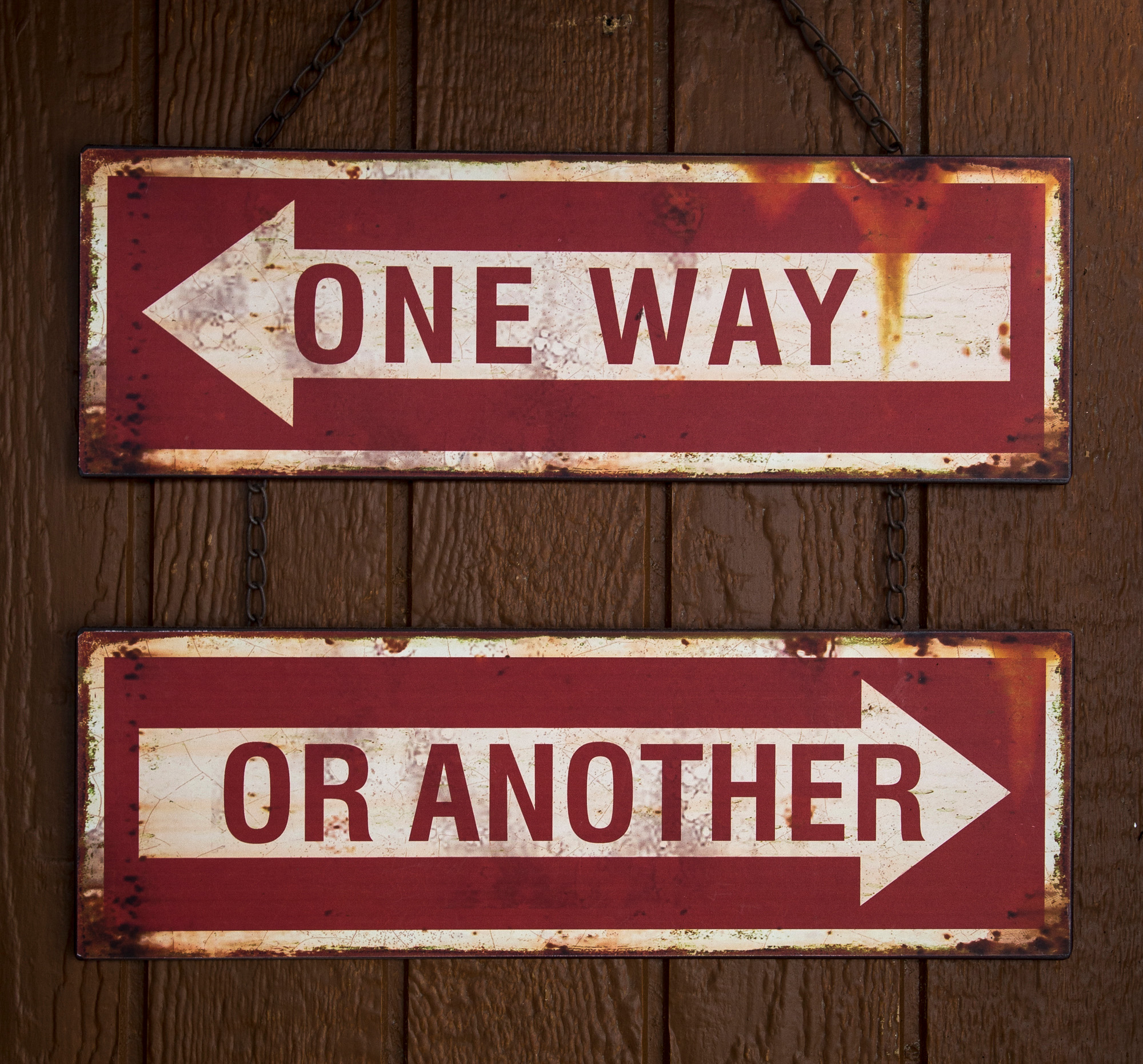
Some of the new directives seem to be written with someone’s tongue firmly planted in cheek. The one we really like is they point out while there is a 750 image limit now, you can submit as many registrations @ $55 as you want. The wording states: “But it is important to recognize that the final rule does not impose any limit on the number of applications that may be submitted at a given time.”
In other words, feel free to spend $935 rather than $55 for those 13,000 images. The Copyright Office will not limit, will not put a ceiling, on how much it now costs you. So if you want to buy the smaller volume cereal box at the same old price, you can buy as many boxes as you want. Yeah, thanks. No limit to my added overhead expenses. It is as if that “$55 All You Can Eat Buffet” now has new signage, “$55 All You Can Eat On This Small Size Plate Buffet”.
We have found that no single factor has encouraged photographers to register their work than the ability to register thousands of images at one time and for one affordable fee.
Another issue that is adding a shade of blue to our faces is the buzz around Blockchain technology. This part reads better if you put on a recording of Sam Cooke’s “Chain Gang.” (Hooh aah) (Hooh aah). We think the technology of Blockchain ledgers could be revolutionary for our industry. The technology is very promising if and when computer speeds improve, and especially if the Copyright Office embraces it for registration.
Now, we’ve seen some private companies advertising that their blockchain technology “registers” your image. All we can say is, “no,” it does not. Only a registration with USCO has any legal weight. Other “registrations” are misleading and serve little to no purpose. It’s the equivalent of the old copyright myth of putting your photo in a sealed envelope and mailing it to yourself. All that proves is that you mailed yourself a photo. These private company “registrations” have no legal benefit as far as copyright protection is concerned. Just the use of the word “registration” is in our view, inherently misleading.
Take Kodak and their KodakOne business model. Our once beloved Kodak (Oh Kodak, Kodak, wherefore art thou Kodak) has taken a strange turn into using blockchain technology. You’d have to be a blockhead to get involved there. Kodak has been slammed in the trade press and in the NY Times about how what they’re offering is a bit of a scam. You can read more in this NY Times article that slams Kodak titled Kodak’s Dubious Cryptocurrency Gamble. Unless Kodak can demonstrate otherwise – none of our money on that bet – we tend to agree with the Gray Lady.
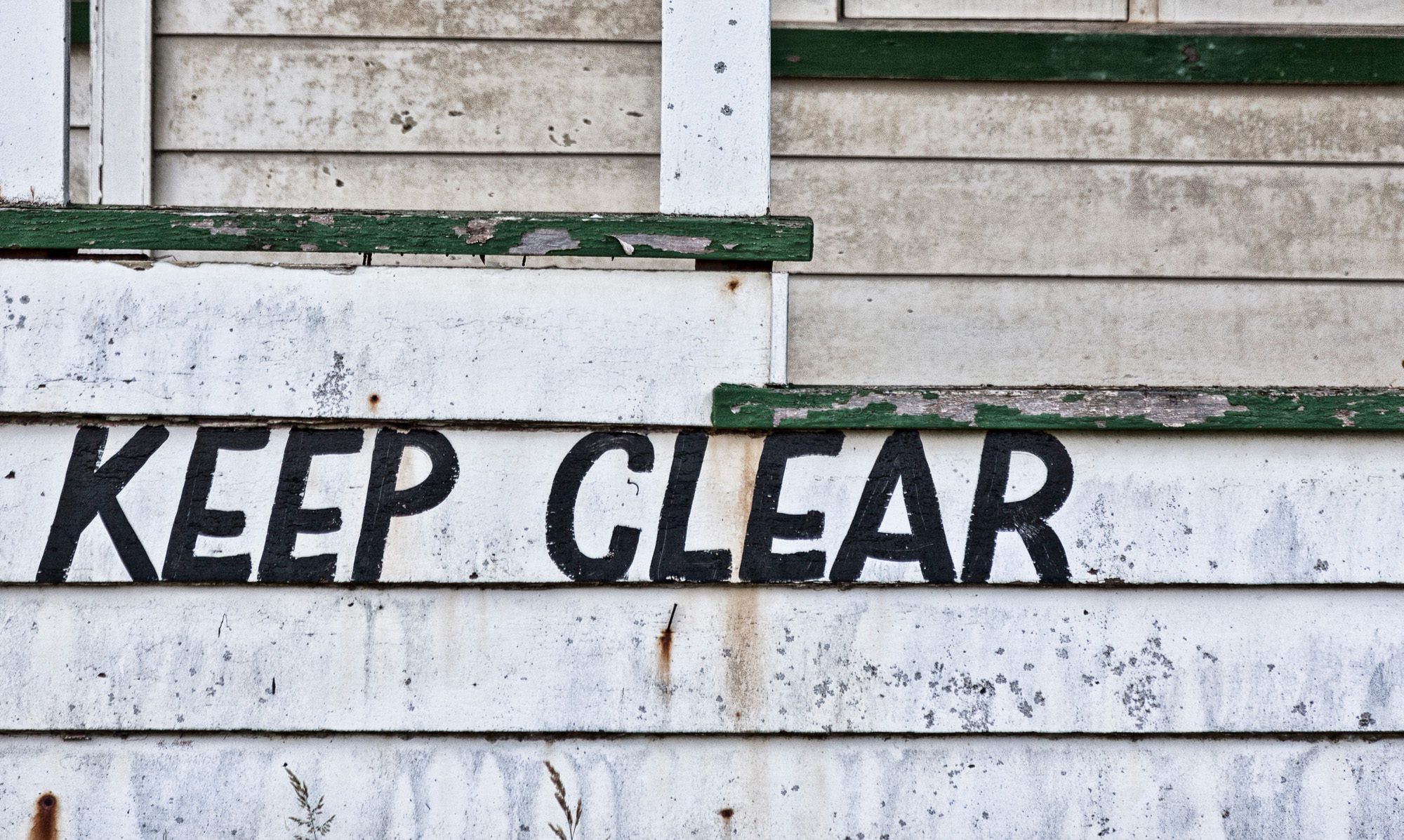
Kodak is hardly alone in attempting to pull cash from photographer’s pockets these days. There are now numerous “search and rescue” service companies where you sign up to their terms (which no one reads) and they use their “technology” to find infringements of your work and collect settlements. How alluring it is for someone else to do all of the work. Most people signing up, who don’t read the fine print, don’t realize that they are giving up their Constitutional right to pursue a litigation with an attorney of their choosing and if they prevail, are entitled to seek an award of attorneys fees. These search firms staffed by non-lawyers with little to no expertise have first crack, the right of first refusal, at resolving the infringements and then they take 50% of the settlement. Lawyers who know the value of your claims are omitted from the process unless the infringer is smart enough to force the search firm to hire one, and any sophisticated IP lawyer representing an infringer knows that these search firms like to settle early and cheap.
The short version is that the company will attempt to collect much less than the infringement is worth so long as they can do so quickly and without hiring a lawyer whose fees bring down the amount of any net recovery. When needed, they hire the cheapest lawyer they can engage who will sometimes screw up your case. On this Reddit thread, you can read about someone who was told over a period of time that these legal matters take time. They kept saying that right up until the time they said, “Awww, forget about it. We’re dropping the pursuit of this infringement. Not worth our time”. When Ed gets calls from photographers who now have to pursue such a case on their own, he generally refuses to take them, because negotiations with the infringer were started at unrealistically low amounts and you can’t suddenly restart pre-existing negotiations with new proposals, which would now reflect true worth. The legal real world doesn’t work that way. It’s not a board game, once started, you can’t go back to go.
These “services” rely on illustrators, photographers and artists being ignorant of the USC Title 17 – The Copyright Law. We address issues about these services in our article “Lies, Damned Lies and Statistics” located on our blog TheCopyrightZone.com.
These services hire inexperienced, non-lawyers to evaluate and typically settle early claims, the true value of which they know not. Early, quick, cheap settlements mean little to no work on their part. Artists like to avoid conflict and think that these services will make them money. Naively they do not realize that any competent attorney will put far more money in their pocket on any viable case. That takes some work. We like to emphasize that one should never, ever assigns the right to pursue or defend their copyrights to anyone.
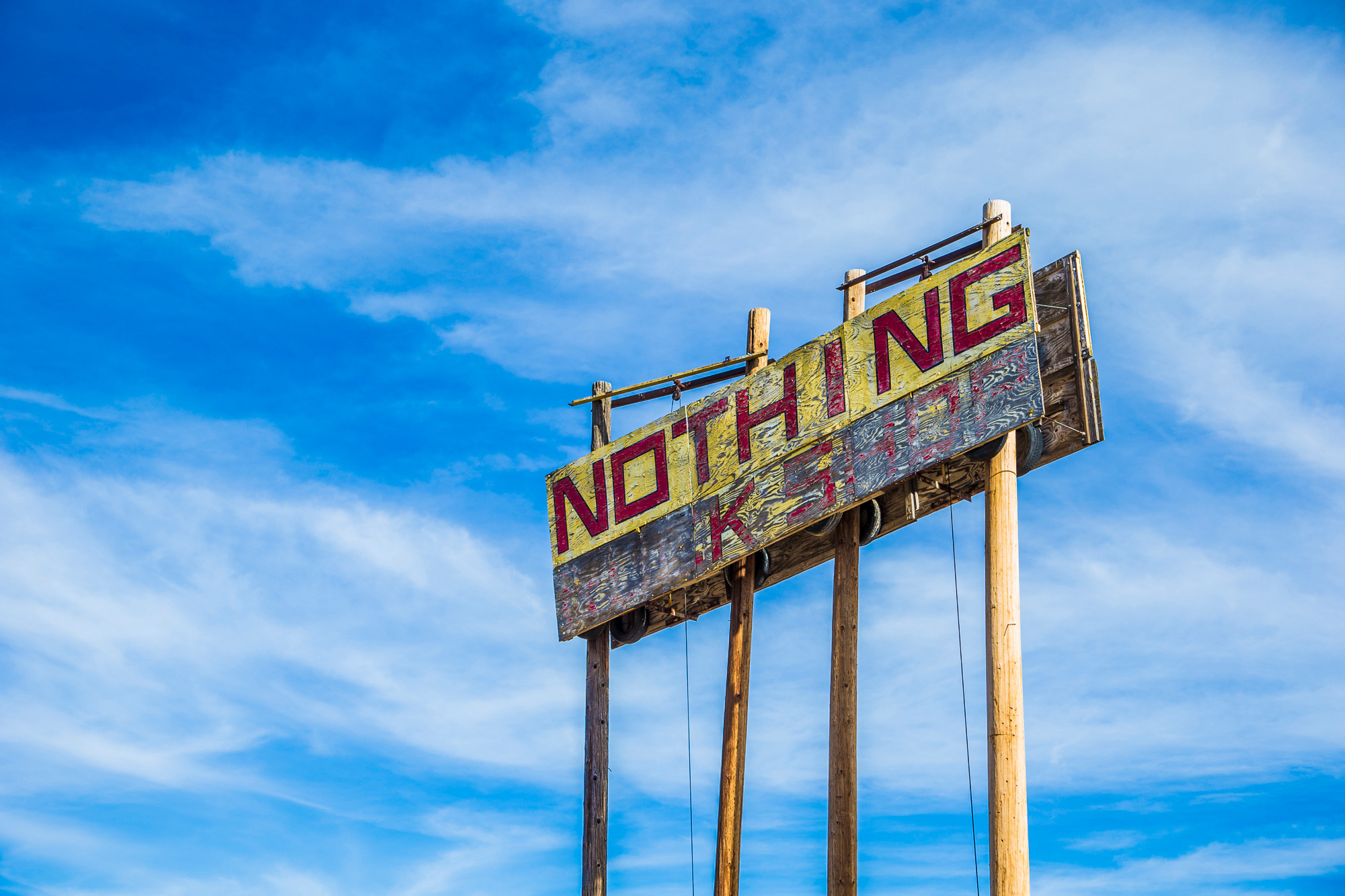
These “search and rescue” services are simply not law firms. Staffers at these services need no level of expertise or experience in the industry, they have no “legal” experience. And when and if they decide to employ a lawyer, they hire lawyers without your input. When a company with a lot of business to throw around, hires a lawyer, said lawyer might see more of an allegiance to the company, rather than to the individual. If you retain you own attorney, that lawyer has one allegiance and it is only to you. The business model of these “search and rescue” services – frequently located in the EU – makes no sense for anyone who registers his or her images and has any understanding of copyright law. If, heaven forbid, you required major surgery, wouldn’t you prefer to select your own surgeon based on the suggestions of other doctors? Here some kid can be selecting your attorney for you, and guess what, you are stuck with that lawyer whether you like him/her or not.
Sorry to have to be the bearers of bad news on this blog piece, but an informed photographer is a prepared photographer. Prepared photographers come out with good results they’re happy with. And prepared photographers don’t call us crying on the phone because they’re getting the shaft instead of the goldmine.
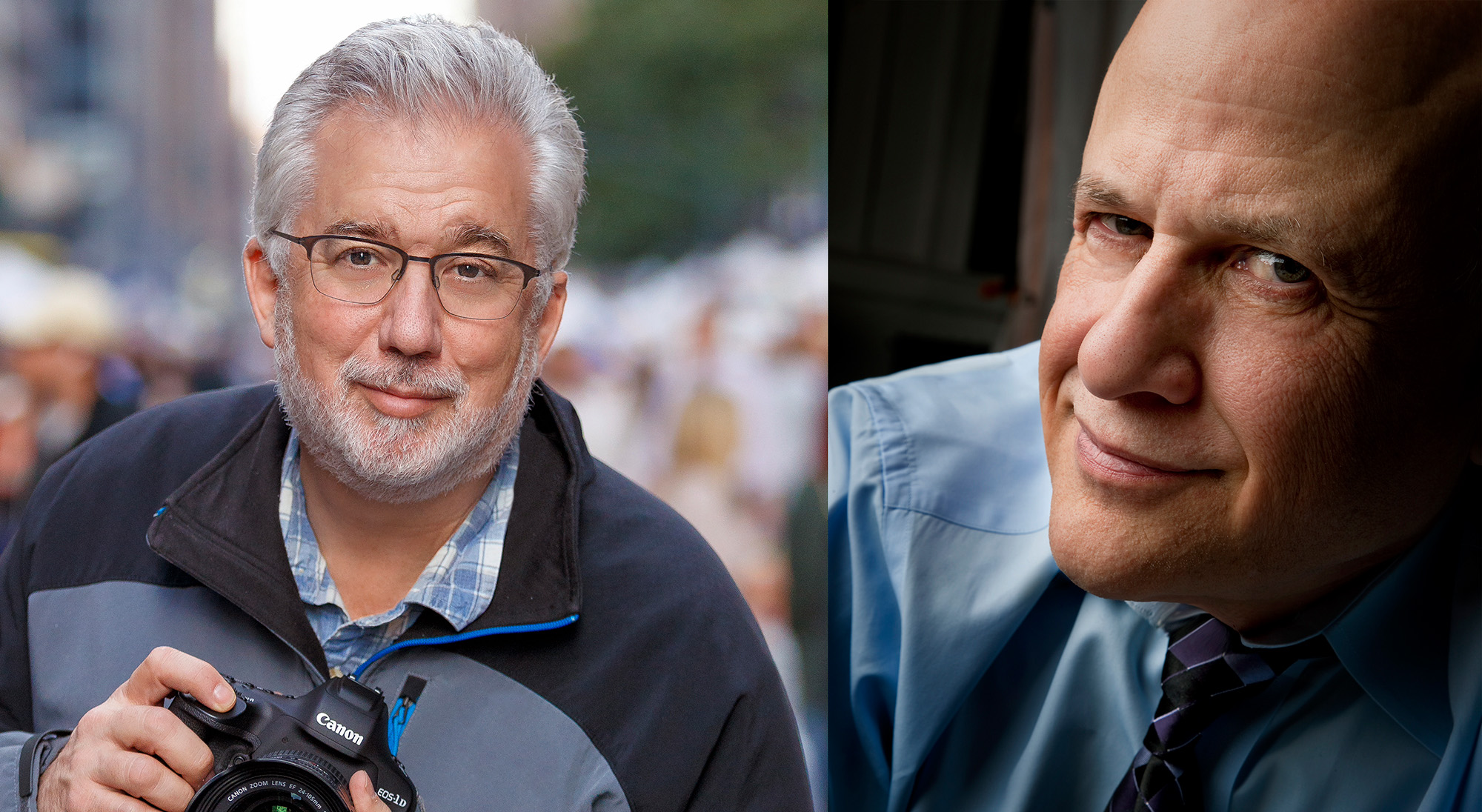
Jack and Ed’s musings on copyright and other business matters for photographers can be found at TheCopyrightZone.com. Jack’s website is Reznicki.com, and Ed’s website is GreenbergIPLaw.com. You can also watch Jack’s and Ed’s classes on KelbyOne!
All photos copyright Jack Reznicki, All Rights Reserved



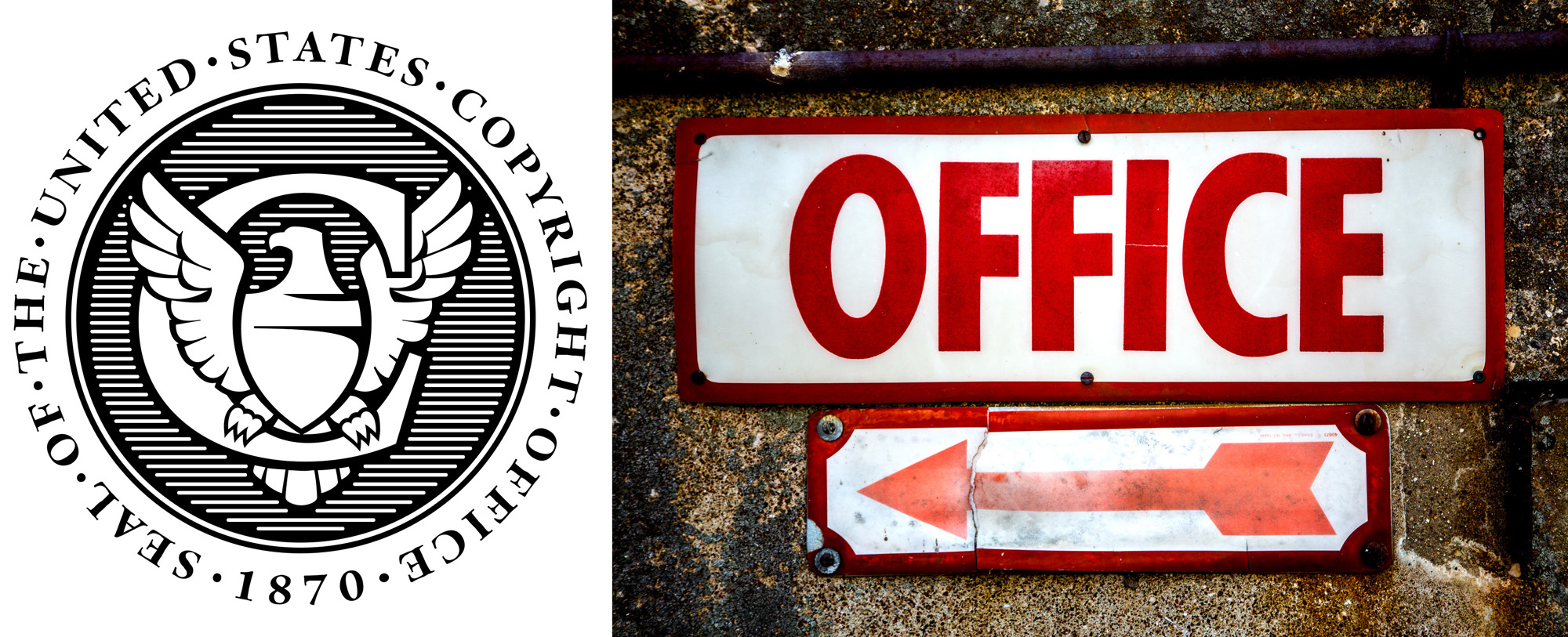


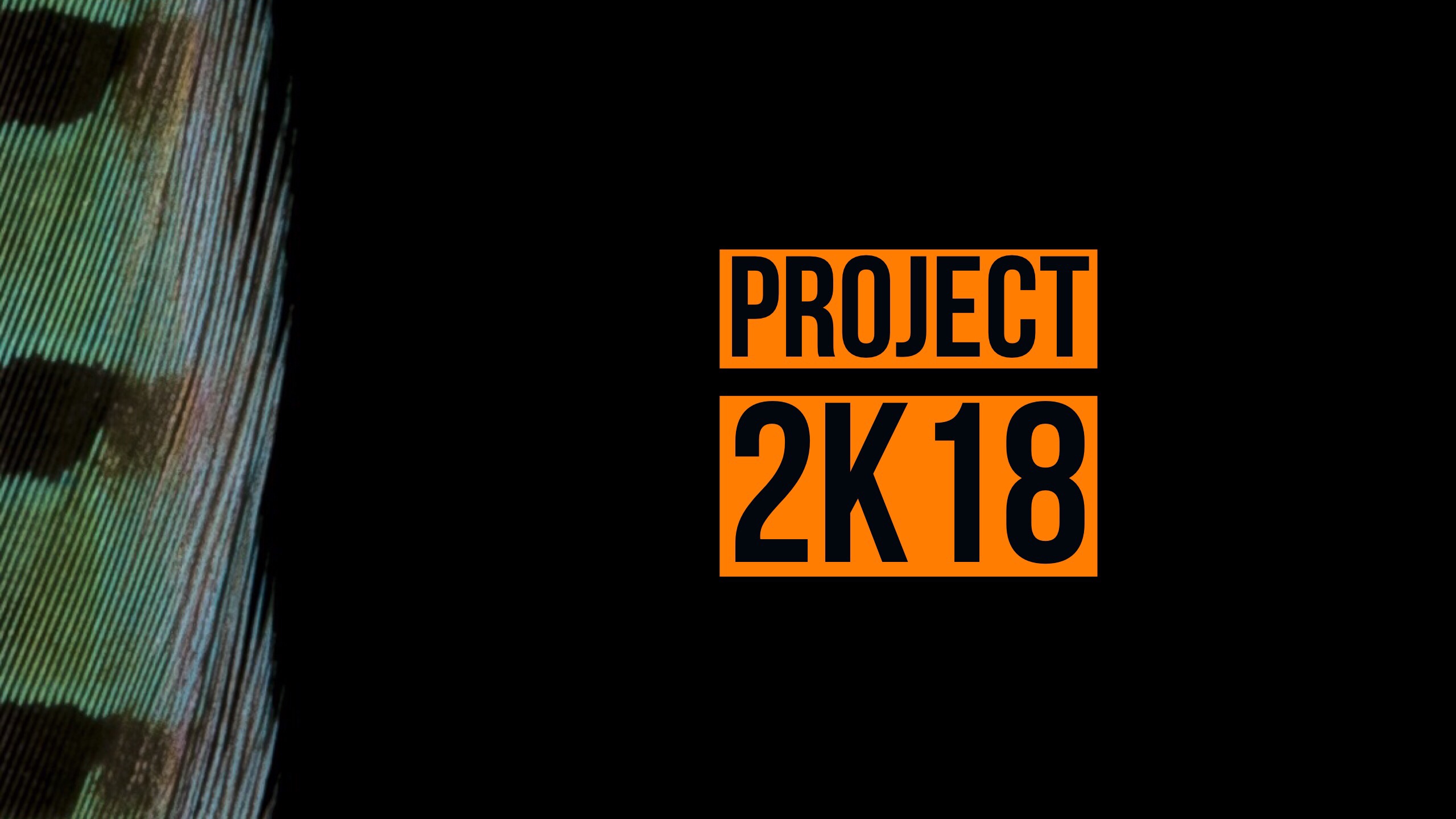
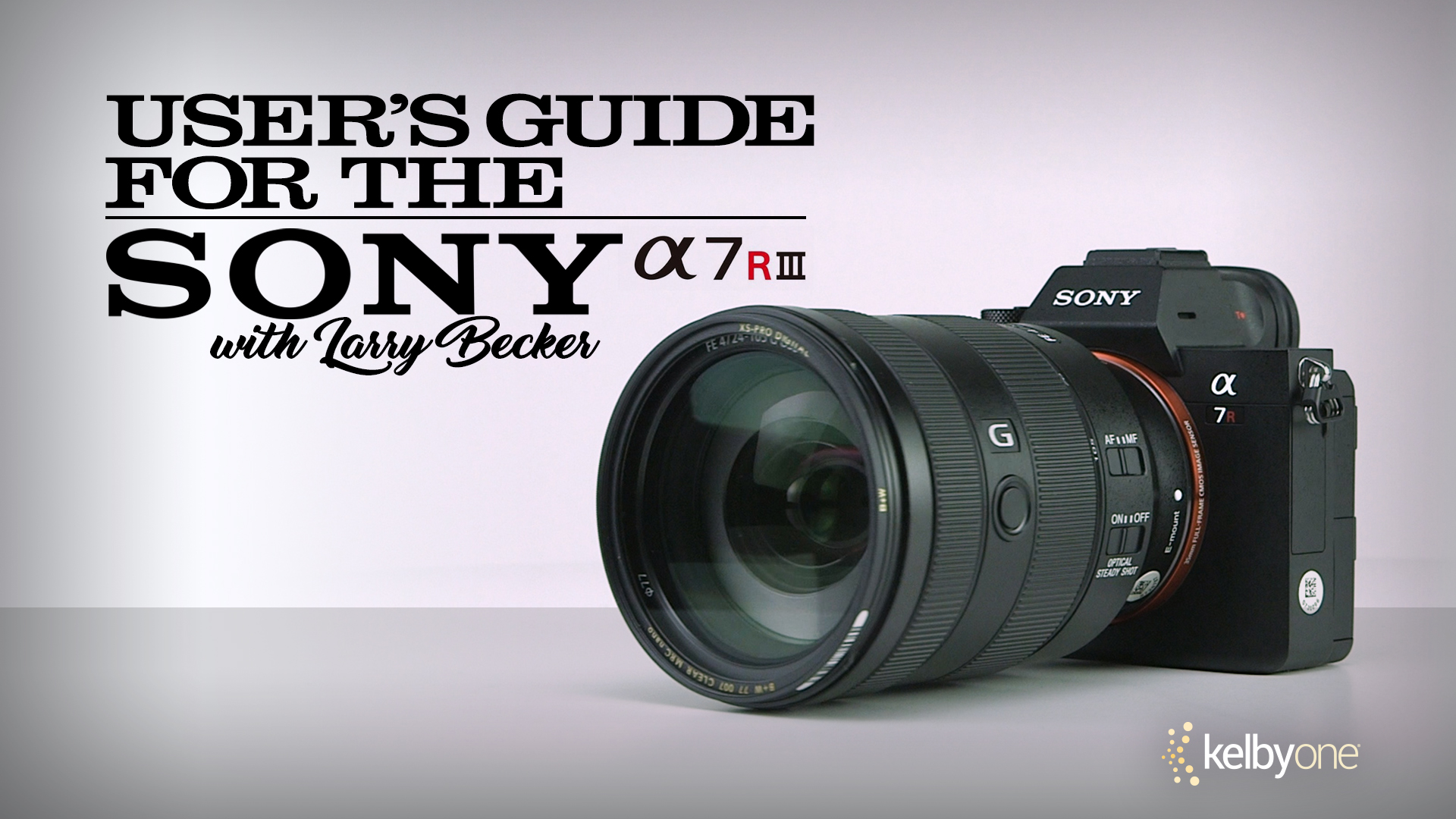
Wondering if I register a contact sheet with multiple images on it – the contact sheet would be one big image – are the individual images on it still covered by copyright?
I certainly would not recommend it.
Won’t most photographers need to copyright only their “finished” images that they intend to publish? Unfinished images typically never leave one’s hard drive. That’s typically far fewer images, which makes the 750 limit less of an issue. I can’t see myself needing to copyright 95% of the images I take, only the final, finished pics that get published.
What do folks think?
What if something happens and you need to publish something in addition to what’s already been delivered and registered? Such as a shot of the grandmother who just passed away suddenly, even though it’s not a top shot, for full protections you’d have to register that image on its own. If you had it registered with all of the images in an unpublished collection, you’re already protected with registration and don’t need to register it on its own.
Talk to any currently freaked out commercial photographer. You do a 2 or 3 day shoot ad shoot and you shoot can easily 2K+ a day. When I did Toys R US catalogs like their Christmas Big Book, it was weeks of shooting kids. Tens of thousands of images. You don’t know what images would be used by the clients, which could be more than 3 months later, so you registered everything as unpublished before the client publishes their selects and you were fully covered.
I also had a gig in Indonesia for their Ministry of Tourism. They needed something like 9 shots. I shot over 14,000 and registered all as a single collection for $55. That was two years ago and I’m still finding gems that I missed the on the first (and second) edit.
Did about 10 days in Africa on a trip. That was 13,000+ images. One registration, $55.
Doing “finished” images isn’t realistic in many cases. It places an undue burden on photographers who shot in quantity for assignments. It’s the nature of the beast.
The beauty of registering everything in the past is it didn’t delay you registering your images. I know when I grab this element or that element for a composite, or find a new image that I want to post, I don’t have to then wait until I have a reasonable amount of images to register.
You find an old gem you missed on a first edit, fits the client’s needs, but they are on deadline. You now have an unregistered image going out, or you can spend the $35 for a single image registration or wait to get 750 and batch it then for $55, but it might be published by then, which makes registering again, difficult.
For a lot of us, 750 limit isn’t a slight bother, it’s a major problem.
Thanks for the guest blog post Jack & Ed, I missed some of the details at the beginning of your recent B&H event space. Is there anything we as photographers can do about this? Anything the ASMP can do? I think this is terrible news for a lot of artists.
I think at the very least, if the US Copyright Office is going to start charging us more for registering your work, they should also expedite the process of receiving a physical registration. Waiting over a year to receive a registration in the mail is ridiculous
After doing some research, it looks like ASMP took a leading role in organizing a coalition with other visual arts trade organizations to send a letter of protest back on February 12. Looks like unfortunately that didn’t really lead to changing anything…
Yeah, all the alphabet trade associations got together as the Copyright Alliance to give testimony. But they shouldn’t give up. More changes are in the wind and best we maintain a voice for photographers and artists in Washington. There’s always a chance that this can be re-examined and changed again. But things move at glacial speed in Washington, so it’ll be this way for years even if it does eventually get changed again.
I sure hope something positive comes out of this. Thanks again for writing this article, and for your reply Jack
None of our clients have waited one year for a physical registration in our memory. You might want to check on the status of your application if you haven’t received the registration within a year. Many of our clients were getting their registrations back from DC in 3 – 6 weeks way back in 2017. Your mileage may vary.
Hi Ed,
I’m based in Indiana. From my experience, it’s not uncommon for me to register my work, and then wait at least 12 months to receive my registration in the mail. In fact, I just got a call about a month ago from the Copyright Office about a registration that I had filed for 12 months earlier. I received an email from them that said they were having a problem opening the zip files I uploaded. So I called the copyright office on the phone, and they wouldn’t connect me with the person that emailed me about the issue. Long story short, it was something on their end and they figured out the issue. Not long after, I received my registration in the mail.
Currently, I have four open registrations. The oldest of which is dates back to July of last year. I don’t know why it takes so long to get registrations in the mail. But I feel like 12 months is a really long time to wait. Don’t you?
Almost every registration I’ve filed has been directly through the official US Copyright Office website copyright.gov. However, I’ve done a couple of registrations through imagerights.com and I received those registrations from the Copyright Office significantly quicker. I’d say within a month. I have no idea why I’d get a registration so much quicker by allowing Image Rights to send the files to the copyright office, vs doing it myself and going through the copyright office website. Any ideas?
Sounds to me as if you might not be doing your filings in an efficient manner. Jack’s opinion on this will be more expert than mine. I will pass it on to him. By the way if Image Rights screws up your registration so as to prevent you from maximizing your recovery from a lawsuit or so as to delay your claim until the infringer goes out of business, are they insured and is your loss covered due to their screw up?
I’m pretty sure that I’m doing everything as I should in terms of filing my registrations. That’s a good point on Image Rights though. I’ve only filed at max 2 registrations using their service. As far as the physical registration that I get in the mail goes, the only thing that I noticed being different from one that I would normally register myself is that under the line that states “certification” it has the CEOs name of Image Rights on it. Everything else has my information. What would this mean for me in legal terms? Does this limit my rights?
Brian, A year seems awfully long these days. Hard to comment why, but I do several registrations a year and the last one came in 3 weeks. Before that maybe 6 weeks to 2 months. As far as thoughts, my thoughts are its so easy to register your own work, why put it in anyone else’s hands? I remember looking at a registration that the courts threw out that Getty registered for their photographers. What a mess. I was surprised to see the name of a photographer I know and is well known on that tossed out registration.
Jack, that’s what I thought. I have no idea why it takes that long to get mine. I first started registering after seeing you and Ed on Kelby Training years ago. I’ve always followed all the same steps that you’ve laid out in your classes books. I do agree with you guys on not letting someone else register it in your name. Totally makes sense. Luckily I’ve only done this one a couple of registrations using their service. Everything else, I’ve always done on my own.
I didn’t notice this until reading this recent guest blog post, but looking at my physical copyright registrations, the only thing different that I see is in the section “Certification.” Instead of having my name next to it, like it usually would if I registered it myself through the Copyright.gov website, it has the CEO’s name of Image Rights. Do you think that would be a problem for me or limit my registration in some way? I mean it certainly can’t be a good thing right?
Normally in the registration process on the copyright.gov website this section that would have a checkbox and read “I certify that I am the author, copyright claimant, or owner of exclusive rights, or the authorized agent of the author, copyright claimant, or owner of the exclusive rights of this work and that the information given in the application is correct to the best of my knowledge.” Being that the CEO’s name is in that subject line, I’m assuming he’s acting as the “authorized agent.” What exactly would that mean for photographers using this service?
Also, that’s pretty crazy to hear about the Getty registration. It sounds like there’s really no reason for photographers to letting anyone else have their hands in their registrations. I’d say lesson learned.
Brian, If that’s the only place someone else’s name appears, you’re completely fine. It’s just saying he’s the one responsible for filing it out and that he has your permission to file the registration for you. There would be limitations if his name or anyone else’s name showed u in other areas.
It’s a lot like of models who have their agents, who have power of attorney, sign their model releases. That carries as much weight as them signing themselves.
Awesome, thanks for clarifying Jack. I truly appreciate all that you and Ed do for photographers. Thanks!
Thanks for the replies folks. I can’t see myself encountering those types of issues, but I can see how others would.
Is this the part where we start calling our congressmen and senators? Maybe even President Trump’s office, outlining how awful this is for photographers?
You mention that a title and file name for each photograph must be provided. What should one use for titles for 750 photographs?
You don’t need an elaborate title like for a photo competition.
Like “A gentle morning mist-01”.
Just a simple title that you can name lots automatically. If you did a shoot in NY you could put- NY2018-01, NY2018-02, NY2018-03 and so on. Or you could name your photos “Joe” and date, if you photographed your friend Joe Smith – joe2018-01, joe2018-02, joe2018-03.
Just please don’t name them “photo” or the weird number name the camera gives them. Those can easily be repeated.
Some people recommend a naming convention of date, with the year first (YYYYMMDY) for easy filing and retrieval, with sequence numbers, so they are all unique names over time. Since dates don’t repeat unless you drive a Delorean with a Flux Capacitor.
So you would name them – 20180223-001, 20180223-002, 20180223-003.
Thank you, Jack, for your response. My titles and file names might be the same. I typically use a location or subject along with the date and sequence numbers for my file names. I see this fits with your description for titles too.
Very frustrating! Following the authors’ advice, I just registered a BUNCH my photos for the first time in January. Even as a non-professional, $55 for just 750 images is going to make it much harder for me to justify the cost of registering.
Just one claim for copyright infringement of a registered image will justify your $55 filing fee many, many times over.
Additionally, consult your CPA on how to treat your filing fees for your state and federal tax purposes. I am a lawyer and thus don’t give tax advice – but your CPA can and will.
“There are now numerous “search and rescue” service companies where you sign up to their terms (which no one reads) and they use their “technology” to find infringements of your work and collect settlements.”
Thoughts on the use of Digimarc?